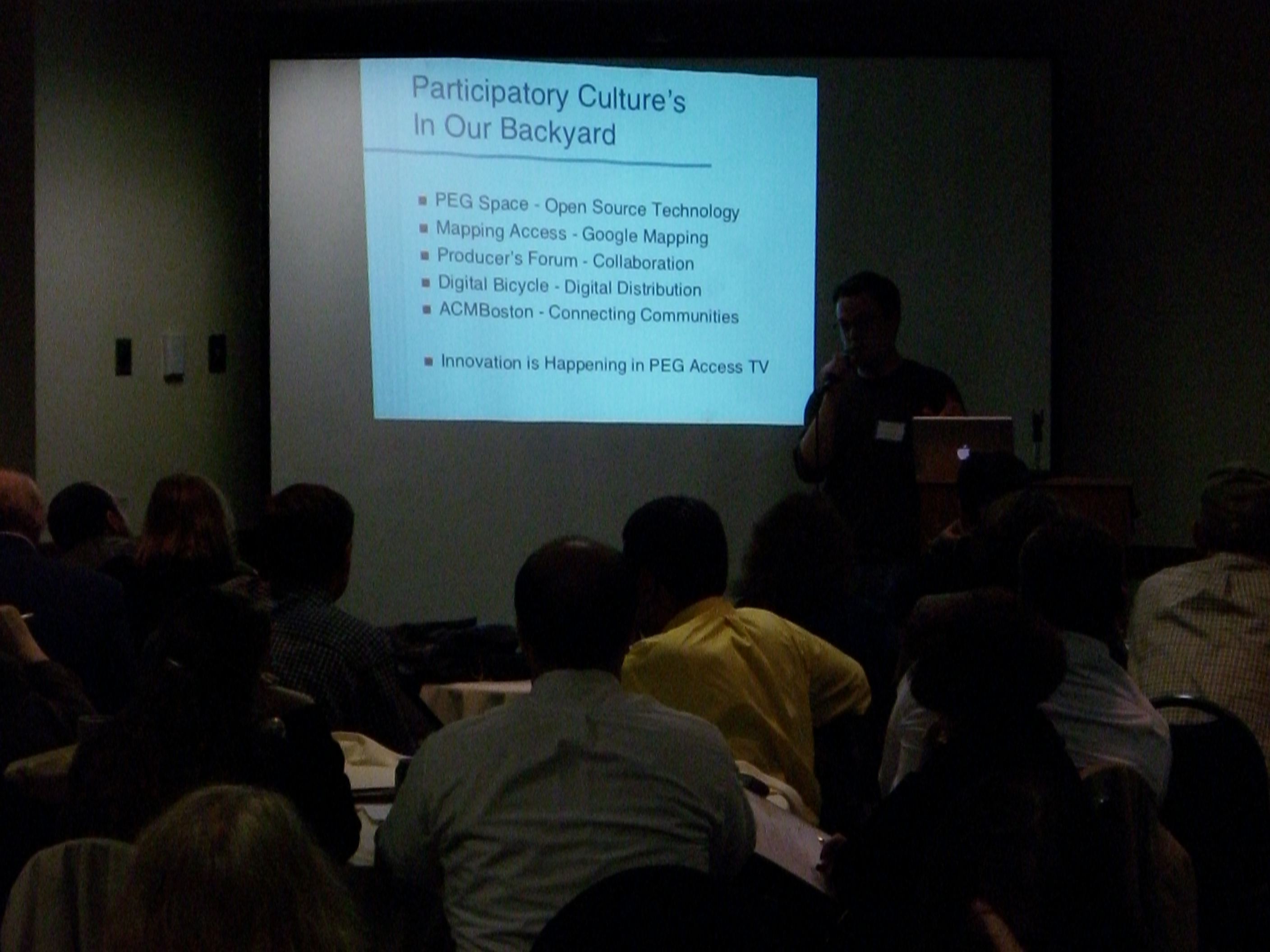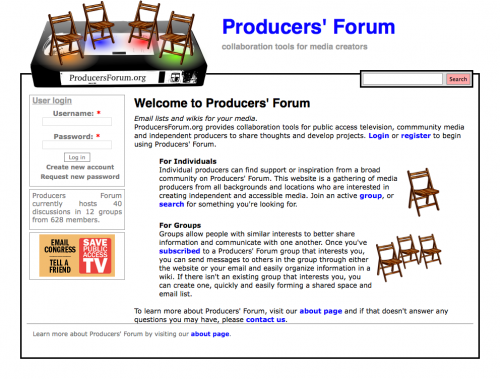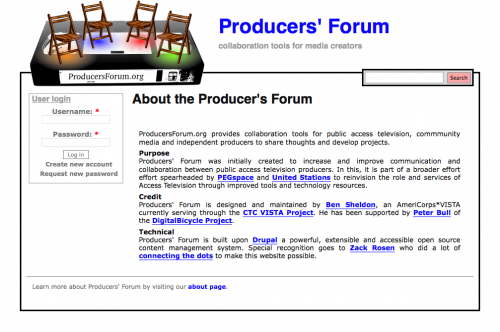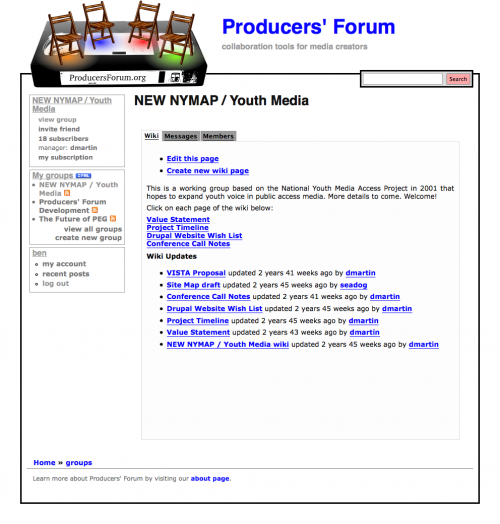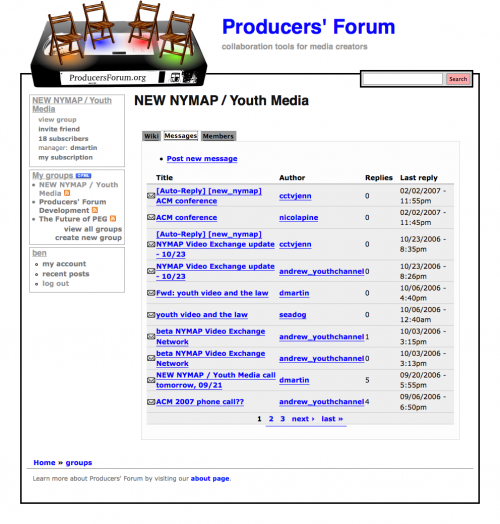From Zen and the Art of Postmodern Philosophy by Carl Olsen (I added paragraph breaks):
Within the context of postmodern art, Mark C. Taylor identifies, for instance, two processes at work: disfiguring and cleaving. These two operations are identified by Taylor in his attempt to grasp the chora, a nonexistent that stands behind being and becoming, makes possible all existences, and forms the essential space where both form and copy are inscribed.
The operation of disfiguring is connected to activities like marring, destroying, deforming and defacing in a process of negation or deprivation that also includes the negation of the notions of calculating, considering, and comprehending. By enacting denegation in the realm of form, the process of disfiguring interweaves revelation and concealment and presences and absence which allows for “both a re-presentation and a de-presentation.” If the artist removes, deforms, or defaces a figure and destroys its beauty, he/she leaves a trace of something that is other, which is itself neither being nor nonbeing, present or absent, immanent nor transcendent.
Associated with the notion of disfiguring is that of cleaving, which suggests both dividing and joining as well as separating and uniting. Cleaving is an operation that allows opposites to emerge and remain suspended in a process that is unthinkable and beyond the distinction of identity and difference.
The dual processes of disfiguring and cleaving are indicative that there can be nothing original from the postmodern perspective because such operations render everything secondary due to the tendency of the postmodern artist to disjoin, fragment, distort, and partially destroy a work of art in order to figure what cannot be figured.
In comparison:
In contrast to a postmodern deconstruction of drawing or consideration of the nature of art in the postmodern era, Dōgen quotes a saying by the Ch’an Master Hsing-yen (Japanese: Kyōgen Shikan): “A painting of a rice cake cannot satisfy hunger.” Many different kinds of people have diligently studied this saying without arriving at an useful understanding of its meaning. Like a similar saying, it is a mere clever expression and possesses no viable relationship to our real experience. To this puzzling statement, Dōgen offers his own interpretation: “The painting of a rice cake can be said to be everything: [Buddhas, sentient beings, illusion, enlightenment]. A rice cake, made from glutinous rice, represents both transitory and unchanging life. The painting of a rice cake actually symbolizes detachment, and we should not think about coming or going, permanence or impermanence when we look at it.” Dōgen offers an nondual interpretation of the saying; he denies the common view that a painting is unreal while the rice cake is real. The painting of the rice cake is not different from the various forms of existence. In other words, an actual rice cake is not different from a painting of a rice cake. Dōgen warns: “Do not try to find a real rice cake outside of the painting, if you do not know what the painting signifies.” From Dogan’s perspective, the painting may or may not appear in its true form: “The true meaning of a painting of a rice cake transcends the distinction of past and present, or birth and destruction.”
Dōgen further develops his interpretation of the painting of the rice cake by discussing unsatisfied hunger, which symbolizes the illusion of sentient beings for Dōgen. Hunger is used as a metaphor and/or symbol by Dōgen to illustrate the condition of illusion. By becoming detached from the opposites of enlightenment and illusion, a person loses his/her hunger. Dōgen indicates the nondualism of his position in the following way: “In reality there is no hunger of rice cake conflicting with each other, but when you think you are hungry the entire world becomes hungry; conversely, if there is a real rice cake it exists everywhere!” Prom this viewpoint, since an eatable rice cake and a pictorial representation of a consumable rice cake are both empty, either one can satisfy a person’s hunger, and are examples of ultimate reality in diverse forms. Moreover, an insightful observer of a painting can see, for instance, both movement and inertia, the way of practice, truth of the Buddha’s teaching and of the painting itself, the entire universe is manifested in the painting, and one can find one’s true self in the painting. Therefore, viewing a painting possesses the potential to lead one to an awakening, which functions to actualize the painting.” Thus a painting, from Dōgen’s perspective, can satisfy one’s hunger.
In other words, by intuiting mediation one can transcend it. But in conclusion:
In comparison to Taylor’s notions of disfiguring and cleaving and his emphasis on the surface of a work of art, Dōgen grasps a depth and mysteriousness (yūgen) to a work of art, whereas Taylor seems content with initiating a nonstop dialectic that gives birth to a double negation, a negation of negation. Dōgen and Taylor agree that we exist in a world of flux, although Taylor disagrees with Dōgen that we can catch a glimpse of the eternal in the world of flux. Rather than disfiguring or cleaving a work of art, Dōgen lets it be itself and does not seek to mark or spoil it in any way.



